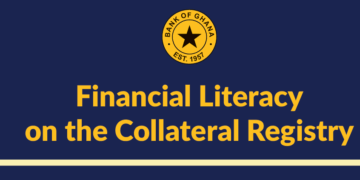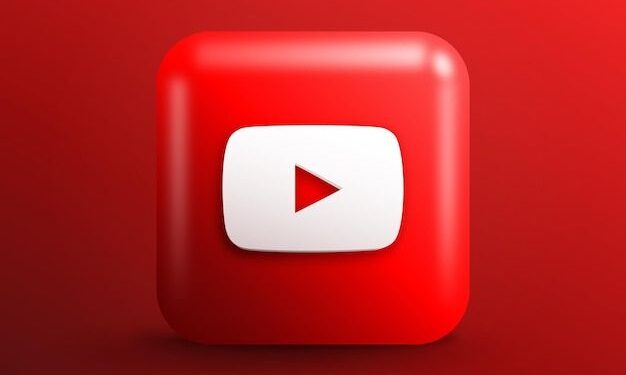The era of age verification on the internet is evolving. YouTube has announced that it will no longer rely solely on users to provide their birthdates. Instead, the platform will introduce new age-estimation tools designed to verify users’ ages through various indicators. This initiative aims to restrict younger users from accessing adult content while ensuring age-appropriate experiences and protections.
YouTube’s age inference system will first be tested on a small group of users in the U.S. in the coming weeks, with a broader rollout planned later this year. Utilizing machine learning, the system will analyze different user signals, such as the types of videos searched, categories of content watched, and the duration of account activity, to estimate age.
The primary goal is to identify teenage users and guide them toward a more suitable experience. For users deemed under 18, YouTube will disable personalized advertising, activate digital wellbeing features like reminders to take breaks, and implement content guidelines to limit repetitive exposure to certain types of videos. This aims to protect developing minds from harmful content.
Users will have the option to verify they are over 18 and opt out of the restricted experience. However, this will require providing a credit card or government ID. If the system infers users are over 18 based on their activity, they will access the standard YouTube experience.
ICYMI: MPs Honour Daddy Lumba with Emotional Tribute in Parliament
YouTube’s move comes amid a growing trend of age verification across the internet. Recently, the U.K. implemented regulations requiring age verification for sites with adult content, affecting platforms from Pornhub to Reddit. While the rollout has faced challenges and users have found workarounds, such regulations are gaining traction.
Earlier this year, the Supreme Court upheld a Texas law mandating age verification for adult sites, with several states enacting similar laws targeting social media to protect teens from addictive and harmful content, even at the risk of limiting their ability to connect with others.
YouTube recognizes the shift towards age verification and is taking proactive steps to adapt.
SOURCE: GIZMODO




























